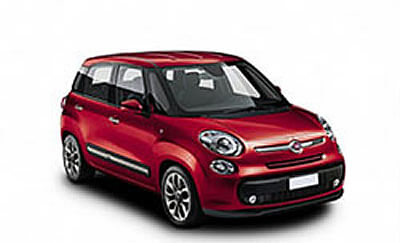Car Price Guides Explained
Has your car held its value?

Motorists that plan to buy/sell cars need to know their book values – but this is not as simple as it sounds. Why? Because a vehicle has four values the most relevant of which is defined by where it is sold. Fortunately, there are various publications to help motorists through the confusion. The Parkers Car Price Guide, for example, is popular as it is available to everyone and costs very little. This resource is presented online, via a magazine, mobile phone application and text service. Alternatively, professionals tend to favour trade-focussed rivals such as Glass/CAP. The former, however, also offers a limited online service to the public while reserving its printed guide for the trade. But whatever the source the valuations – which tend to be updated monthly - come courtesy of experienced motor trade professionals that assess millions of transactions every year.
The Four Values Of A Car
Price guides have different ways of presenting information but the basics remain the same. As such, a vehicle's highest value is its “franchised dealer” price. This is the figure the customer pays a manufacturer branded specialist (main dealer). Next is the “independent dealer” price which is lower. Why? Because - in theory – the customer buys from less prestigious premises via a trader with less model specific knowledge. Next is the “private” price which is charged by a member of the public rather than a business. This is lower than the franchise/independent prices as there is very little back-up. Finally, the “trade-in” value is what a motor dealer pays for a car. This, of course, is the lowest price as he/she has to make a profit. So, let us consider the BMW 740d M Sport 4dr Auto (2010/60 plate). According to Parkers, the franchised price is £31,385, the independent value is £30,155, the private “good” condition cost is £28,930 and the trade-in is £27,085.
Adjusting Price For Mileage, Optional Extras And Condition
A valuation – by default - is based on average mileage and standard specification. However, a high/low mileage and optional extras can have a significant impact. Parkers and Glass therefore enable the motorist to specify the vehicle's mileage and specification. The former is adjusted by “x” pounds per-thousand miles – and this figure varies according to its class, age, etc. Once again, the variation caused by optional extras such as (say) leather seats and sat-nav depends on the car. Obviously, condition also plays its part so a tired example can be worth far less than its pristine counterpart. But at the end of the day price guides are precisely that – “guides”. A car is worth what someone will pay and dealers in particular have their own requirements. As such, a trader that works from a city centre is likely to sell a high proportion of small, economical, cars. These, after all, fit the environment so he is unlikely to offer top-price for a thirsty four-wheel-drive that might sit on the forecourt for months. In contrast, such a car might be popular – and therefore more valuable - in a remote location that is more exposed to extreme weather. Timing can be important too, so it is easier to negotiate a high price for a convertible at the beginning of summer than during winter. Equally, consistent bad weather such as snow/ice can help the price of four-wheel-drives.
Get a Free Car Valuation